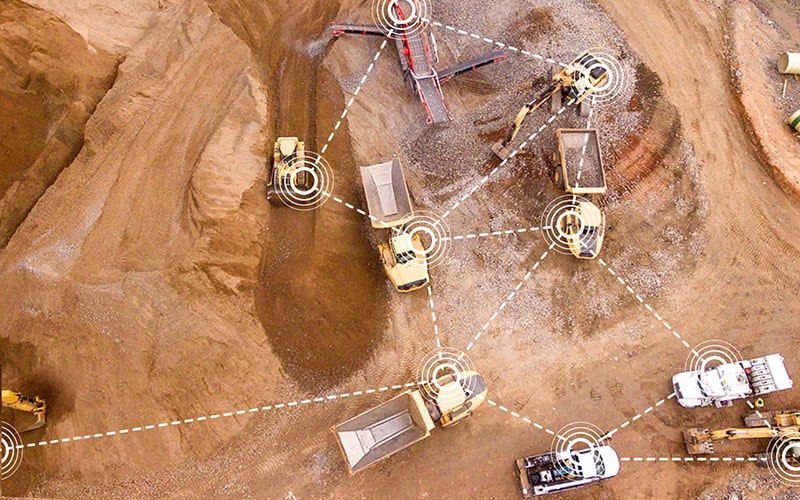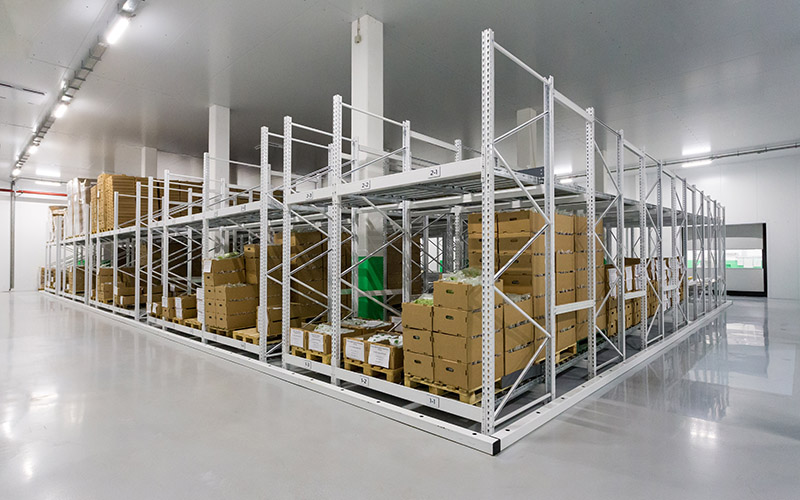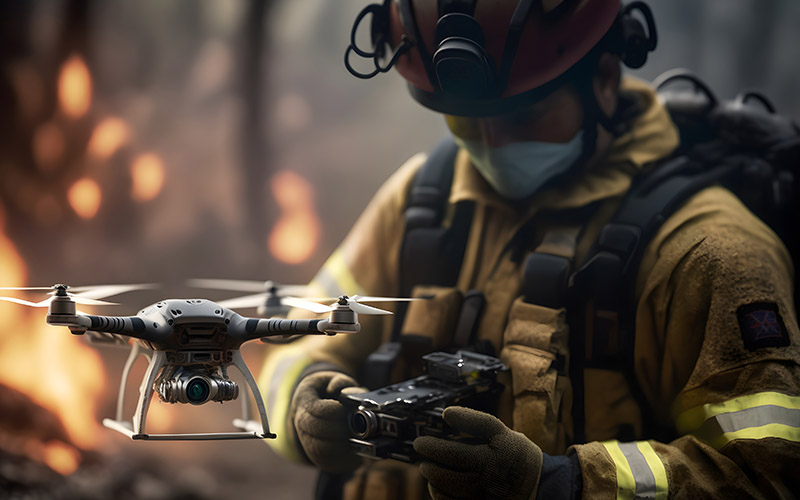
We live in a world where being ‘connected’ is no longer a luxury – it’s a lifeline. Our phones, computers, and smart devices have become integral to our everyday lives, serving as our gateways to the world. But what happens when the infrastructure that keeps us connected suddenly isn’t there anymore? This is not a hypothetical question but a harsh reality often unfolding during natural and man-made disasters. Mesh networks have the potential to become silent heroes, stepping up to meet these challenges by creating an emergency network.
In situations where traditional communications infrastructures, such as cell towers and cables, are compromised due to flooding, wildfires or hurricanes, mesh networks have already demonstrated their critical importance. The same goes for remote locations with no existing infrastructure as well. These networks are robust and resilient and offer an alternative way of keeping devices connected, information flowing, and more importantly, first responders coordinated.
But the lifesaving power of mesh networks is not confined to disaster management alone. They’ve also found their place in bustling hospitals, where effective communication and rapid data transfer can often make the difference between life and death.
In this blog post, we dig into how mesh networks have emerged as an indispensable tool in preserving human lives in various scenarios, from hospitals to disaster-stricken areas — and beyond. We’ll explore their applications in times of need, their use in real-life disaster recovery situations, and their future potential in an increasingly interconnected world.
Stay tuned to learn more about these unheralded heroes!
Mesh Networks’ (Potential) Role in Crisis Management As Emergency Network
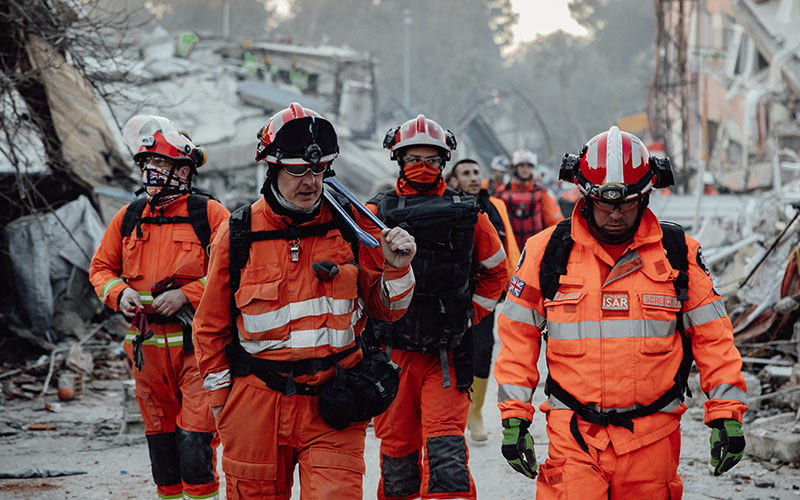
Earthquakes: Lessons from Haiti
The 2010 Haiti earthquake showcased how mesh networks could be deployed in disaster recovery. Volunteers from the Serval Project swiftly assembled a mesh network using Android phones and software, allowing survivors and aid workers to communicate via voice and text.
Typhoons: The Philippines Story
When a giant typhoon struck the Philippines in 2013, volunteers from the Commotion Project set up a mesh network using Wi-Fi routers and laptops. This provided Internet access and enabled critical information delivery to the affected communities.
Floods: The Texas Case
A reliance on mesh networks for disaster recovery was highlighted a few years ago during the massive floods that swept through Texas, USA. As the floodwaters rose, so did the need for swift water rescues across the region. Despite desperate pleas for help reaching the dispatch centers, communication between the dispatchers and the first responders in the field was severely compromised due to the flooding that damaged cellular towers in the area. The result was a delayed response, which they could have avoid with a reliable emergency network.
When a mesh network comes to life, everyone is connected to it – including those at the dispatch center. Those guys gain a bird’s-eye view of each other’s locations on a map and a means of communication, even without cellular networks. This heightened level of awareness and communication allows teams to truly focus on their crucial mission – using an emergency network to deliver aid where it matters most.
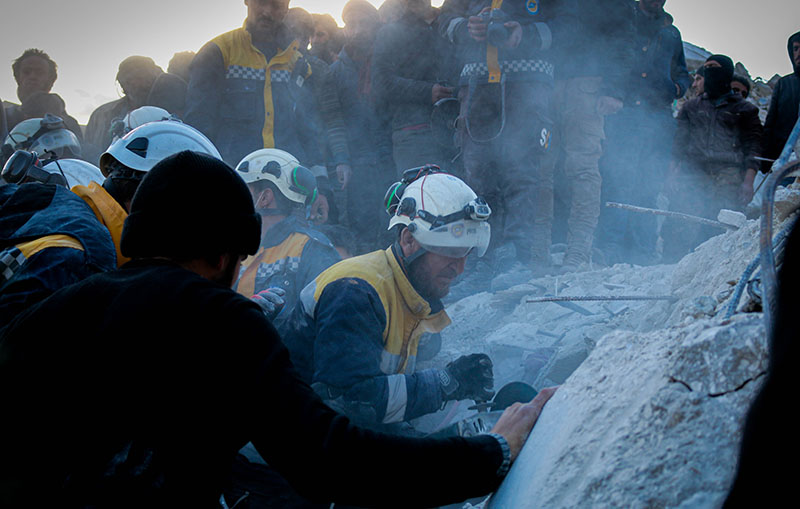
Other Disasters: Puerto Rico, Japan, Nepal, and Indonesia
- In 2011, during the Fukushima nuclear disaster in Japan, mesh networks maintained communication when traditional infrastructure failed.
- The 2015 Nepal earthquake saw Disaster Tech Lab deploy mesh networks to assist rescue efforts and provide Internet access to remote communities.
- In 2018, when a devastating tsunami hit the Indonesian island of Sulawesi, local organizations employed mesh networks to enable vital communication between relief teams and survivors, aiding distribution and rescue operations.
Navigating Disaster: Meshmerize’s Role in Firefighting
Amid the fury of wildfires, the combination of the experience of first responders and the potential of mesh networks can make a significant difference. Meshmerize contributes to the firefighting toolkit with a quickly deployable wireless network that doesn’t depend on conventional cellular infrastructure. This versatile solution can aid efforts anywhere, from isolated forest fires to incidents in bustling cityscapes.
Portable mesh nodes provide a reliable and lightweight solution for keeping firefighters connected while on the move. With solar & battery powered network extension kits, Meshmerize can help create and sustain mesh networks in disaster areas.
The benefits of the Meshmerize mesh network are further enhanced using Unmanned Aerial Vehicles (UAVs). The UAVs, or drones, also serve as additional nodes in the mesh.
Meshmerize offers valuable support to firefighting teams, including:
- Rapid network deployment and continuous service
- Site inspection done by drone swarms, providing an overview of affected areas, can be vital for disaster localization and
- Prioritized reaction, strategically addressing most affected areas for optimal outcomes.
- Search and rescue operations get done by synchronized drones.
- Information sharing between firefighters and others participating in the recovery can be crucial.
- Active team member monitoring.
Technology can help out a great deal when it comes to disaster recovery. Seeing mesh networks work in these scenarios flawlessly makes us at Meshmerize proud of the technology and our mesh software solution.
Meshmerize is a part of the 6G Life project, propelling research for 6G communication networks. With an emphasis on refining human-machine collaboration, the project explores new frontiers in sustainability, security, resilience, and latency.
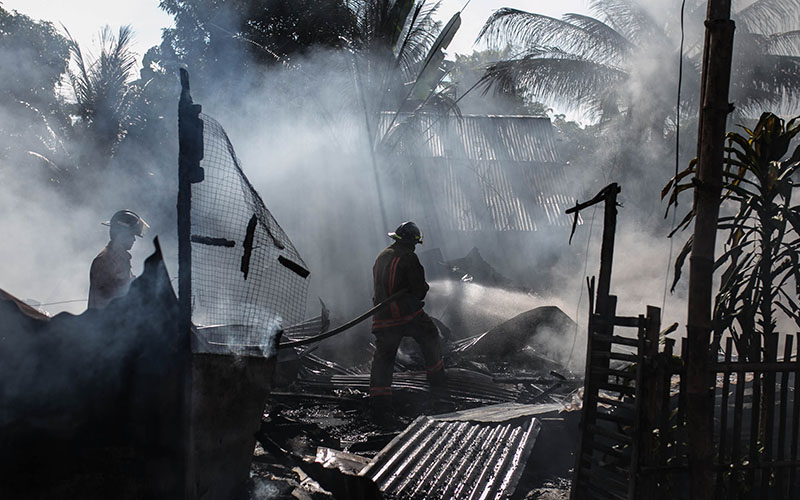
Improving Patient Care with Mesh Networks: A New Era in Healthcare
Mesh networks aren’t just transforming how we handle disaster situations — they also innovate how we deliver healthcare. Let’s check how mesh networks can supercharge hospital processes and give patient care a high-tech boost:
- 24/7 Patient Monitoring: With robust mesh networks, hospitals can now monitor patient vitals remotely. This real-time information empowers healthcare professionals to respond promptly to critical changes, elevating patient care standards.
- Efficiency Gains: With streamlined tracking of staff and patients, mesh networks improve scenario management and safety. No matter the urgency, everyone’s location is instantly accessible.
- Streamlined Asset Tracking: Lost equipment, a regular hospital issue, can be easily located using mesh networks, saving valuable time and resources.
- Revolutionizing Navigation: Navigating large hospitals can be challenging. Mesh networks solve this by offering real-time, accurate visualisation and positioning, and turn-by-turn guidance, improving the experience for staff and visitors alike.

Mesh Networks to the Rescue: The COVID-19 Pandemic Example
The COVID-19 pandemic, especially in remote areas like the Philippines, posed unique challenges for healthcare delivery. At first, potential COVID-19 cases were transported to rural hospitals, leading to overcrowding and stretched resources, with many patients not requiring hospitalization.
The need for seasoned medical professionals in deciding patient transportation to manage hospital crowding was evident. But how could they communicate effectively in remote areas with unreliable terrestrial networks?
The adopted solution was cost-effective and innovative: equipping medical professionals with mobile mesh networking devices. One of these devices was connected to a satellite phone, enabling field workers to communicate among themselves and with rural hospitals. This approach significantly improved information sharing and played a vital role in managing the pandemic.
The adoption of mesh networks in hospitals is not only a promising development; it’s a game-changer. By ensuring reliable communication and efficient resource management, mesh networks are paving the way for a new era in healthcare.
Beyond Emergency Network: From Airport Security to Smart Irrigation
As we explore the vast applications of mesh networks, it becomes clear that their life-saving potential extends far beyond hospitals and disaster recovery scenarios. Here, we look into a few more contexts where mesh networks can make a crucial difference. Those range from improving security checks to aiding in crisis communication during terrorist attacks and advancing smart irrigation systems.
Crisis Communication in the Face of Terrorism
High-profile incidents such as the Boston Marathon bombings and 9/11 terrorist attacks resulted in overwhelming cellular traffic that overloaded and incapacitated conventional communication systems. This kind of communication collapse can aggravate an already chaotic situation, delaying essential assistance, and causing confusion.
However, with a resilient emergency network, critical communication remains open, even with heavy traffic and infrastructure damage. This capability can enhance emergency responses and keep the public informed in real-time.
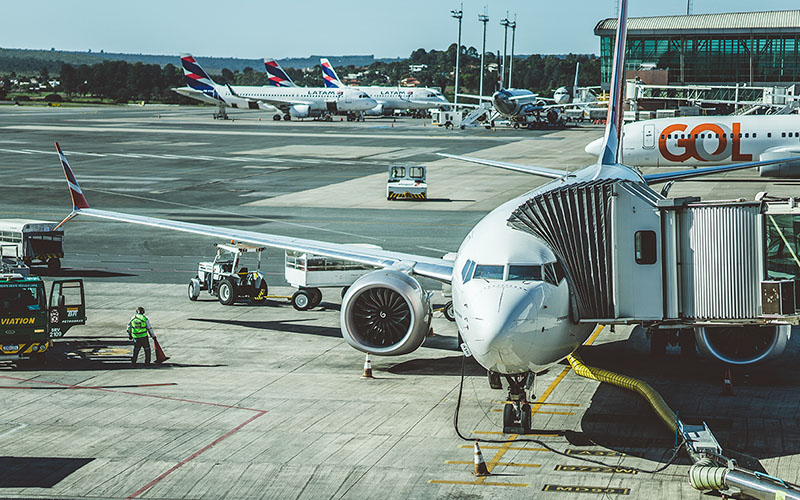
Optimizing Security Checks with Mesh Networks
Security checks at an airport, a museum, or border control, can often be lengthy and inconvenient. But they are there to keep us safe. Deploying mesh networks can improve this process and shorten the checking time, even for large items like vehicles.
The mesh network ensures a robust connection for X-ray machines, allowing them to work uninterrupted. Operators can control the units from remote stations, even hundreds of meters apart, without manually adjusting scanned items.
Mesh Networks Helping Water Conservation Efforts
The impact of mesh networks extends into environmental conservation efforts too. Mesh Networks are already being used to transform irrigation systems by reducing water wastage. These networks wirelessly monitor and control irrigation systems, effectively serving as a wireless irrigation trigger and data collection point.
By collecting data from a multitude of sensors, these networks empower users to analyze watering needs accurately and build customized irrigation schedules. They can even create automatic triggers to activate irrigation valves based on sensor readings, significantly conserving water resources.
The plus sides are manifold:
- Cable-free: The wireless design eliminates the need for extensive cabling.
- Independent of cellular networks: These networks don’t rely on traditional cellular networks, making them immune to cellular congestion or outages.
- Remote operation: They work efficiently in remote areas.
- Scalability: They can scale up to accommodate any number of sensors.
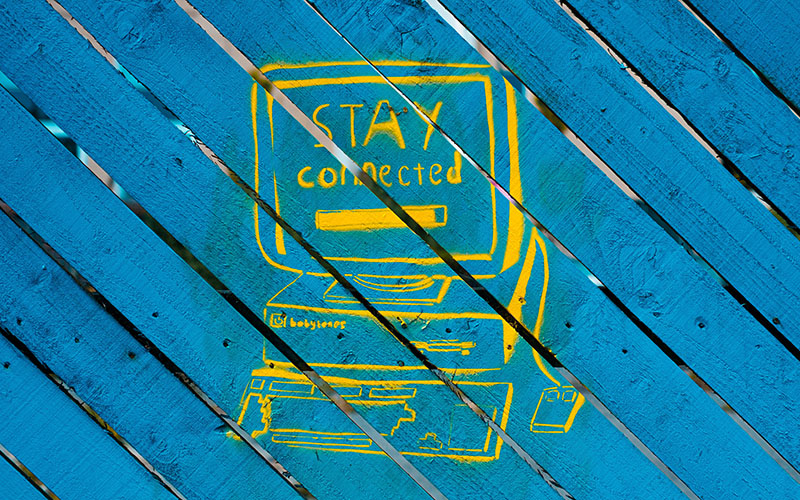
Beyond Connectivity: Meshmerize’s Pledge to a Safer, Better Connected Future
From facilitating disaster recovery to enhancing healthcare, conserving water, and optimizing security checks, mesh networks are demonstrating their transformative power across sectors as emergency networks. In this perspective, they are not just a standalone technological innovation. They form a critical element of comprehensive disaster recovery strategies.
By sustaining connectivity in extreme conditions, they serve a crucial role in saving lives and enhancing disaster management effectiveness. This is a shared accomplishment of all nodes in the network, with Meshmerize being a proud part of this interconnected chain.
At Meshmerize, we are not just observers in this remarkable technological evolution but active participants. We are proud to contribute to these life-saving and efficiency-boosting applications, whether through our work on the 6G Life project to assist firefighters or our efforts in other use cases. As we harness the potential of mesh networks and drive their adoption, we remain committed to creating a more connected, efficient, and safer world.
Meshmerize is a startup based in Dresden, Germany that provides the ultimate mesh network software to an array of industries. The full potential of Meshmerize is yet to be seen. We would like to hear your thoughts – let us know what you think at hello@meshmerize.net



